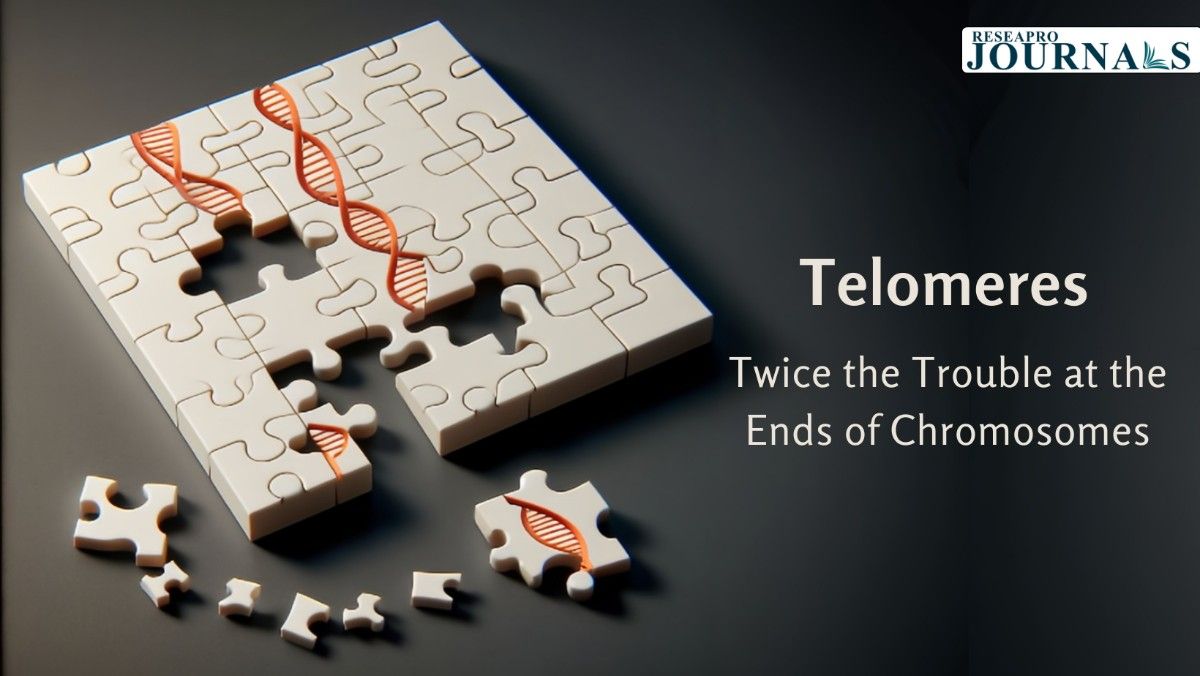

For decades, the “end-replication problem” – the shortening of DNA at chromosome tips with each cell division – has puzzled scientists. Telomerase, an enzyme previously thought to solve this issue by adding protective caps to chromosomes, has now revealed a surprising twist: both DNA strands need assistance, not just one.
This groundbreaking research, published in Nature by scientists at Rockefeller University, sheds new light on telomere biology and necessitates a reevaluation of current understanding. The study reveals the existence of two “end-replication problems,” one affecting each strand of the DNA molecule at the chromosome ends, called telomeres.
While the leading strand encounters a copying issue, scientists discovered that the lagging strand also struggles to be fully replicated. This finding challenges the previously held notion that only the leading strand requires assistance.
The research team identified a complex called CST-Polα-primase as the key player in resolving the lagging strand’s replication problem. This complex ensures complete replication of both DNA strands, highlighting the collaborative effort required for telomere maintenance.
This discovery has significant implications for understanding telomere-related disorders like Coats plus syndrome. By elucidating the intricate mechanisms involved in maintaining telomere integrity, researchers pave the way for the development of novel therapeutic strategies for these conditions.
Furthermore, the study emphasizes the need for a comprehensive understanding of telomere biology beyond the singular focus on the leading strand. This research opens new avenues for future investigations and holds the potential to unlock innovative approaches to promoting better health and well-being.
